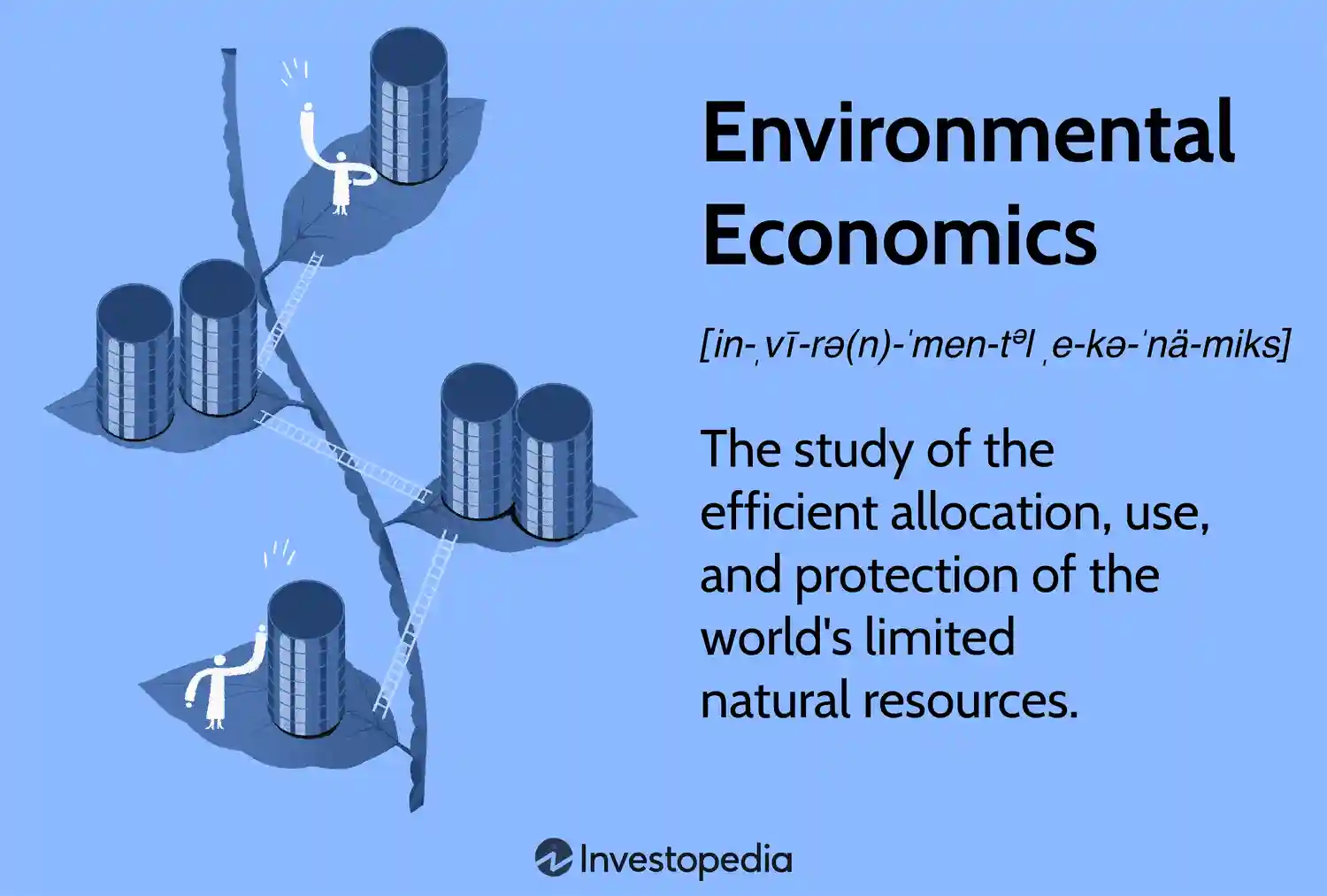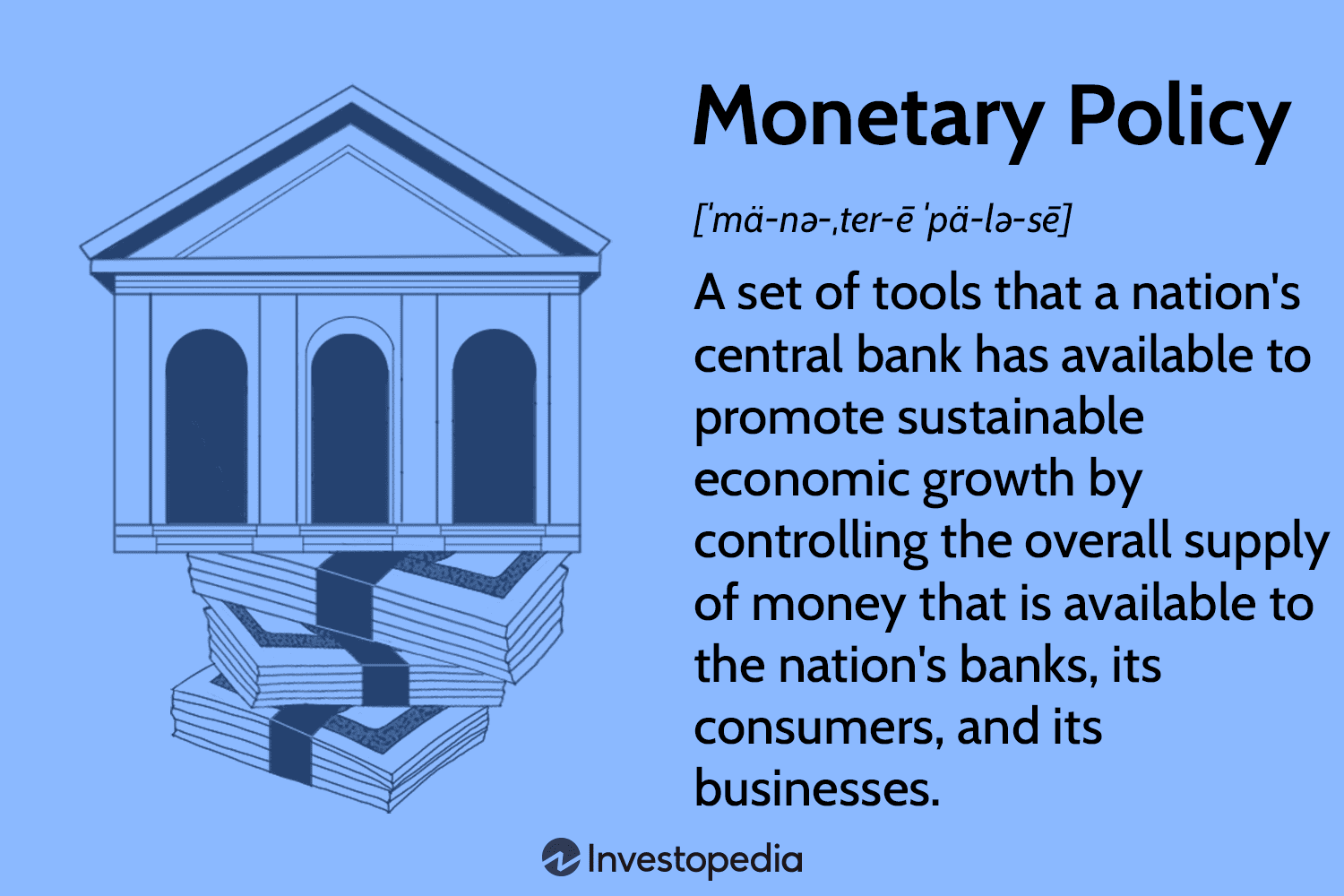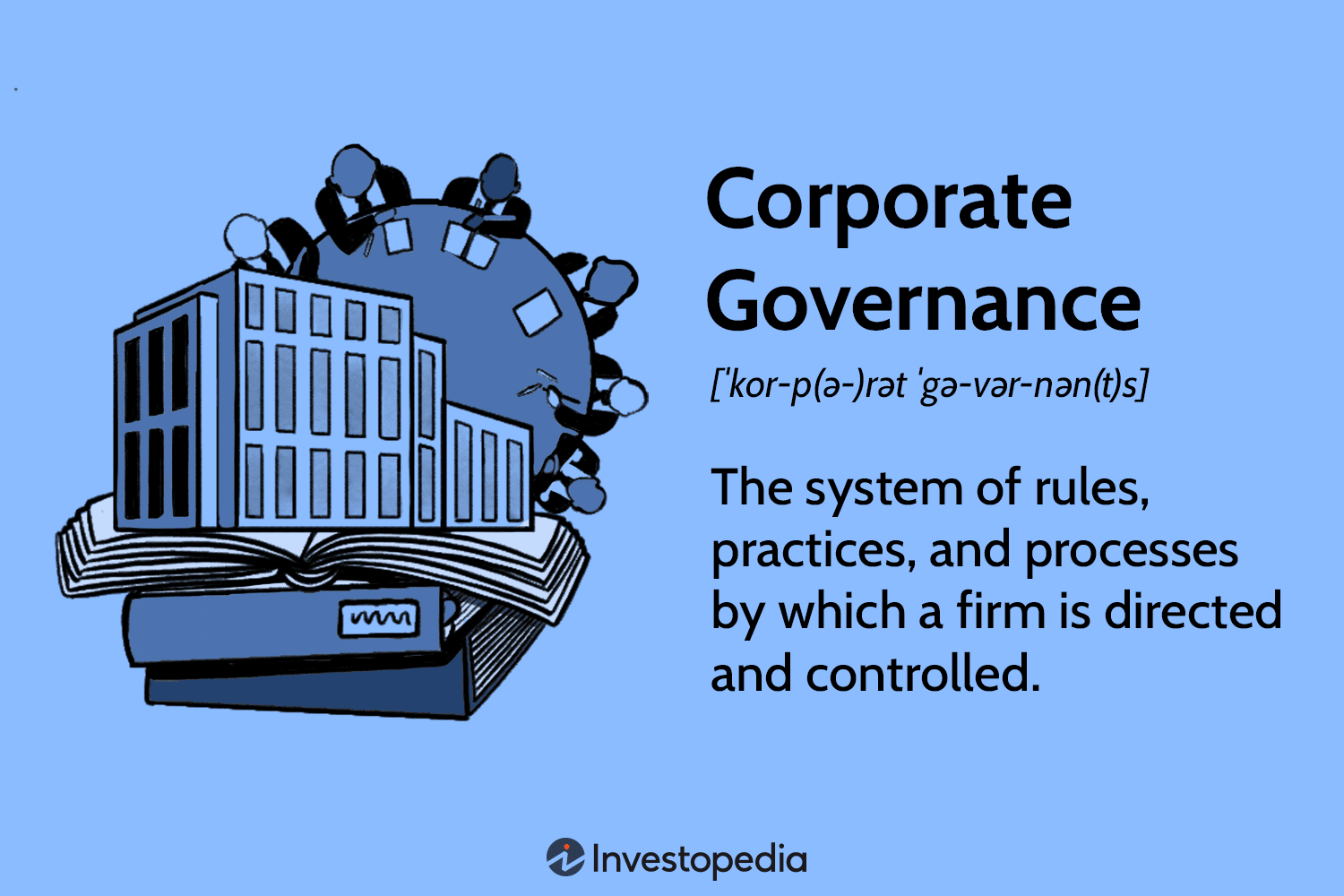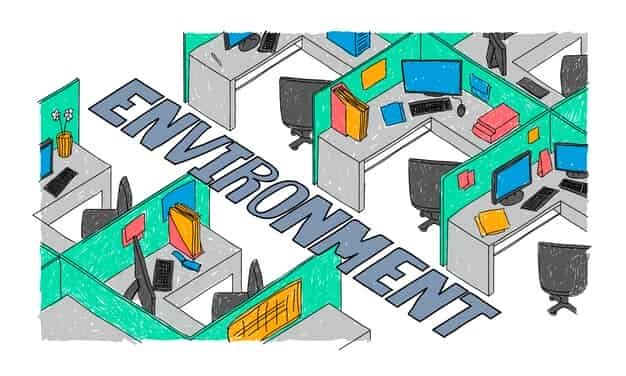Environmental Economics: Key Concepts
Mia Wilson

Photo: Environmental Economics: Key Concepts
Environmental Economics: Key Concepts
Environmental economics is a vital and growing field of study that explores the intersection between economic activity and environmental well-being. As concerns about climate change, pollution, and resource depletion intensify, understanding how economics can be used to mitigate environmental damage is increasingly important. This article delves into the key concepts of environmental economics, providing a comprehensive overview for readers interested in sustainable development and environmental policy.
What Is Environmental Economics?
Environmental economics examines how economic activities affect the environment and how environmental policies can shape economic behavior. It aims to balance economic growth with ecological sustainability by applying economic theories to environmental issues. Unlike traditional economics, which primarily focuses on market efficiency and profit maximization, environmental economics incorporates externalities, resource depletion, and environmental degradation into economic models.
Key Objective: The primary goal of environmental economics is to promote efficient resource allocation while minimizing negative environmental impacts. This involves designing policies that encourage sustainable production and consumption patterns.
Core Concepts in Environmental Economics
1. Externalities and Market Failure
Externalities occur when an economic activity imposes costs or benefits on third parties who are not directly involved in the transaction. In environmental economics, negative externalities, such as air pollution from factories or water contamination from agricultural runoff, are common.
- Market Failure: When externalities are not addressed, markets fail to allocate resources efficiently, leading to overproduction of harmful goods or underproduction of beneficial ones.
- Solution: Governments can intervene by imposing taxes, regulations, or subsidies to correct market failures. For example, a carbon tax can reduce greenhouse gas emissions by making polluters bear the social costs of their actions.
2. Public Goods and the Free-Rider Problem
Environmental resources such as clean air, biodiversity, and oceans are often considered public goods resources that are non-excludable and non-rivalrous. This means individuals cannot be excluded from using them, and one person’s use does not reduce availability for others.
- Free-Rider Problem: Because people can benefit from public goods without contributing to their preservation, there is little incentive for individuals or firms to protect them voluntarily.
- Policy Implication: Governments and international organizations play a crucial role in managing public goods through regulations and collective agreements, such as the Paris Agreement on climate change.
3. Valuation of Natural Resources
One of the significant challenges in environmental economics is assigning a monetary value to natural resources and ecosystem services. Traditional economic models often overlook the value of clean air, water, and biodiversity, leading to overexploitation.
- Methods of Valuation:
- Contingent Valuation Method (CVM): Uses surveys to determine how much people are willing to pay to protect or restore a resource.
- Hedonic Pricing: Estimates the value of environmental attributes by observing market behavior, such as property prices in areas with clean air.
- Cost-Benefit Analysis (CBA): Weighs the costs of environmental actions against their expected benefits to determine the most efficient course of action.
4. Sustainable Development
Sustainable development is a central tenet of environmental economics. It refers to meeting present needs without compromising the ability of future generations to meet theirs. This concept requires balancing economic, social, and environmental objectives.
- Triple Bottom Line: Sustainable development emphasizes three pillars economic growth, social inclusion, and environmental protection. Policymakers must consider all three when designing long-term strategies.
Tools and Policy Instruments in Environmental Economics
1. Market-Based Instruments (MBIs)
Market-based instruments use economic incentives to encourage environmentally friendly behavior. They are often preferred over direct regulations due to their cost-effectiveness and flexibility.
- Carbon Pricing: Includes carbon taxes and cap-and-trade systems, which put a price on carbon emissions, incentivizing firms to reduce their carbon footprint.
- Subsidies: Governments can offer financial incentives for adopting green technologies, such as renewable energy installations or energy-efficient appliances.
- Tradable Permits: Also known as pollution permits, these allow companies to buy and sell rights to emit a certain amount of pollutants, creating a market for pollution reduction.
2. Command-and-Control Policies
These are direct regulations that mandate specific limits or standards on pollution and resource use.
- Emission Standards: Set maximum allowable levels of pollution for industries.
- Technology Mandates: Require the use of specific technologies that reduce environmental harm, such as scrubbers on smokestacks.
3. Environmental Impact Assessments (EIAs)
EIAs are systematic processes used to evaluate the potential environmental effects of proposed projects or policies. They help decision-makers identify and mitigate negative impacts before implementation.
Challenges in Environmental Economics
Despite its growing importance, environmental economics faces several challenges:
- Uncertainty: Predicting environmental outcomes and the long-term impacts of policies can be difficult due to the complexity of ecological systems.
- Global Coordination: Many environmental issues, such as climate change, require international cooperation. Differing economic priorities and levels of development often hinder consensus.
- Political Will: Implementing environmental policies can be politically sensitive, especially when they involve short-term economic sacrifices for long-term gains.
- Equity Concerns: Environmental policies can disproportionately affect low-income populations, making it essential to design equitable solutions.
The Role of Environmental Economics in Policy-Making
Environmental economics provides a robust framework for designing policies that promote sustainability. By quantifying the costs and benefits of environmental actions, it helps policymakers prioritize interventions that offer the greatest net benefit.
- Case Study: The success of the sulfur dioxide cap-and-trade program in the United States, which significantly reduced acid rain in the 1990s, demonstrates how market-based instruments can effectively address environmental issues.
- Future Directions: Innovations in green finance, such as green bonds and impact investing, are expanding the role of environmental economics in driving sustainable development.
Conclusion
Environmental economics is a critical field for addressing the environmental challenges of the 21st century. By integrating economic principles with ecological considerations, it offers practical solutions for achieving sustainable development. Key concepts such as externalities, public goods, and market-based instruments provide valuable insights into how societies can balance economic growth with environmental protection.
As global environmental issues become more urgent, the role of environmental economics in shaping policy will only grow. Whether through carbon pricing, sustainable development strategies, or international agreements, environmental economics offers a path toward a more sustainable and equitable future.
For You
View AllUncover the basics of monetary policy, its tools, and how it influences economic growth. Click for easy insights!
Mia Wilson
Packing for one? Discover the ultimate solo travel packing checklist to stay prepared and stress-free on your next adventure!
Mia Wilson
Discover magical winter adventure destinations. From skiing to ice climbing, embrace the chill and create unforgettable memories this season!
Mia Wilson
Learn about corporate governance, its principles, and its role in ethical business practices. Click for essential insights!
Mia Wilson
Uncover the truth about blockchain's environmental impact and sustainability efforts.
Mia Wilson
Discover the key points of the Kyoto Protocol in this concise overview. Learn its significance and impact on global climate policy. Click to understand more!
Mia Wilson
Education
View All
April 24, 2025
What Is Distance Education? Explained!
Discover how distance education works, its benefits, and how it’s transforming learning. Start your journey today!

April 17, 2025
What Is Secondary Education? Explained!
Learn about secondary education, its structure, and its role in shaping academic and career paths. Get insights today!

April 14, 2025
What Is Post-Secondary Education?
Understand post-secondary education, its types, and how it shapes careers. Start exploring your opportunities today!





